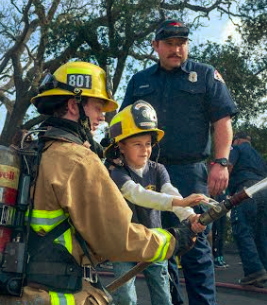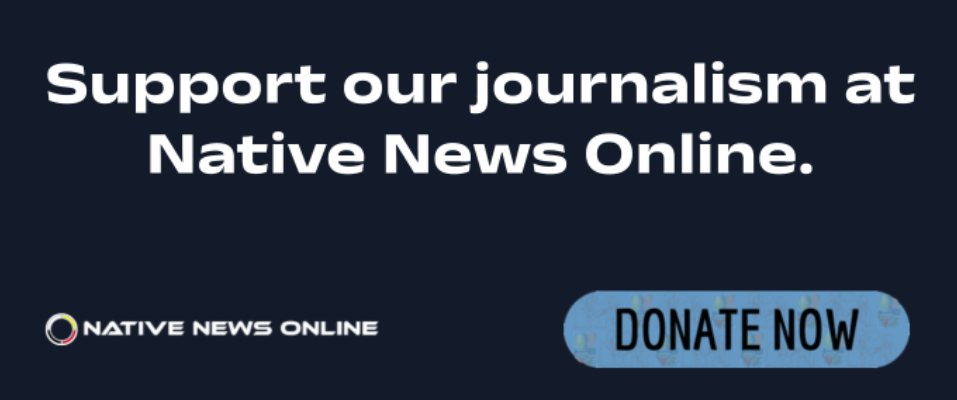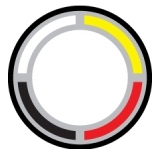
- Details
- By Native News Online Staff
The Chumash Fire Department recently hosted a group of young students to learn about fire preparedness at the tribe’s fire station on the Santa Ynez Reservation. The fire crew hosted 17 children from the Santa Ynez Valley Christian Academy, teaching the first graders about everything from firefighting tools to forest management.
The Chumash firefighters began with a lesson on simple fire safety techniques such as “stop, drop and roll” and what to do in a fire emergency. They then gave a presentation on the various fire strategies and tools the department uses when out on fire assignments across the country, including how to use a pick and flathead ax and the advancements in thermal imaging cameras, which allow firefighters to see if a fire is inside the walls of a burning structure and if people are trapped.
From there, crew members demonstrated their daily drills, including “donning” personal protective equipment (PPE), a drill that involves putting on 40 pounds of firefighting equipment in less than two minutes, including boots, pants, coat, gloves, hood, helmet, self-contained breathing apparatus (SCBA) and face piece.
The most exciting part of the afternoon for the children was when they toured the inside of a fire truck and were given a chance to use a fire hose that sprays as much as 500 gallons of water per minute.
“Our students had a fun, unique visit, and left with a far better understanding of what to do in a fire emergency,” said Shelly Leeson, first grade teacher for the Santa Ynez Valley Christian Academy. “A big thanks to the Chumash Fire Department for taking the time to teach our students about fire safety and prioritizing fire education for our first graders.”
“The Chumash Fire Department takes great pride in helping protect our tribal community and beyond,” said Gilbert Romero, Assistant Fire Chief for the Chumash Fire Department. “Part of this public service is educating the community, especially the younger generations, about what they can do to prevent fires and what to do in a life-threatening emergency.”
More Stories Like This
Native Americans Could Be Hit Hard as Education Department Resumes Student Loan Wage GarnishmentHanging a Red Dress for Christmas: MMIP, Native Higher Education, and Hope for a Better New Year
Native Students Can Win $5,000 Scholarship, International Distribution in Pendleton Design Contest
American Indian College Fund Raises Alarm Over Plan to Shift Native Programs Away From the Dept. of Education
MacKenzie Scott Foundation Gives $5 Million Contribution to Little Priest Tribal College
Help us defend tribal sovereignty.
At Native News Online, our mission is rooted in telling the stories that strengthen sovereignty and uplift Indigenous voices — not just at year’s end, but every single day.
Because of your generosity last year, we were able to keep our reporters on the ground in tribal communities, at national gatherings and in the halls of Congress — covering the issues that matter most to Indian Country: sovereignty, culture, education, health and economic opportunity.
That support sustained us through a tough year in 2025. Now, as we look to the year ahead, we need your help right now to ensure warrior journalism remains strong — reporting that defends tribal sovereignty, amplifies Native truth, and holds power accountable.
 The stakes couldn't be higher. Your support keeps Native voices heard, Native stories told and Native sovereignty defended.
The stakes couldn't be higher. Your support keeps Native voices heard, Native stories told and Native sovereignty defended.
Stand with Warrior Journalism today.
Levi Rickert (Potawatomi), Editor & Publisher


